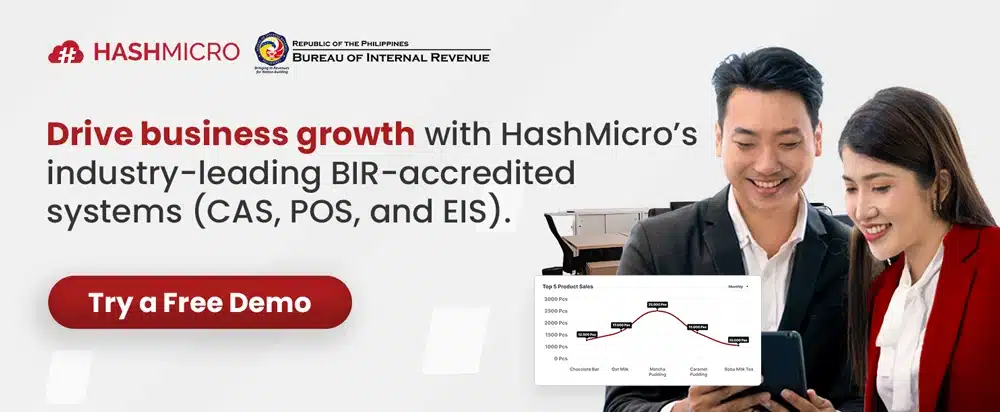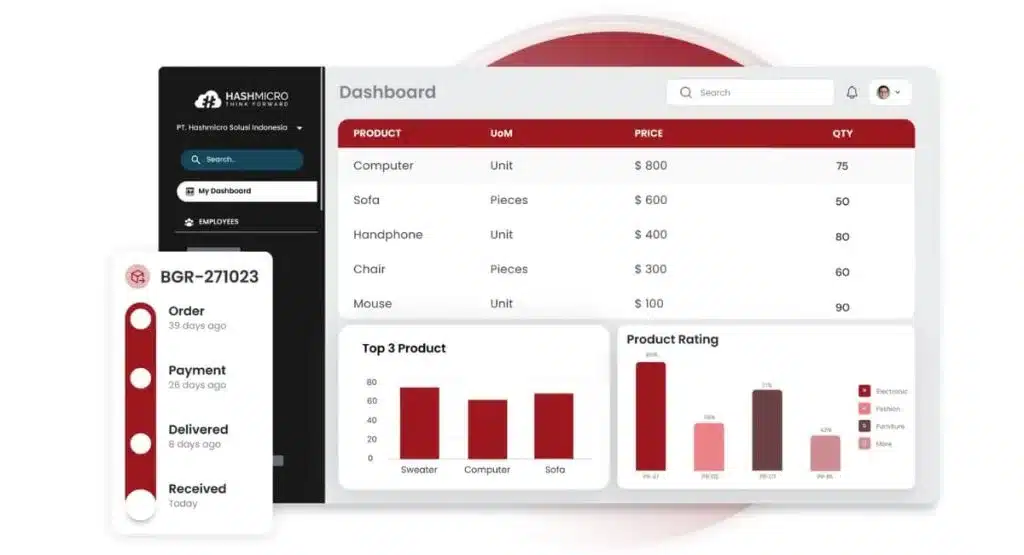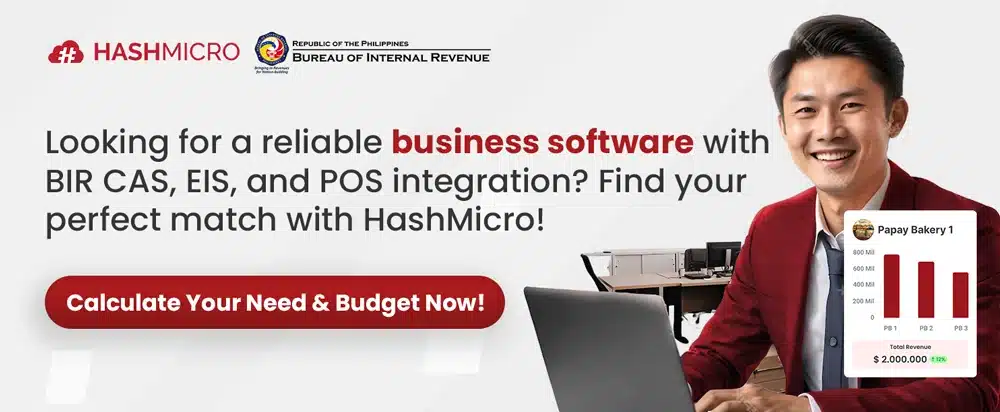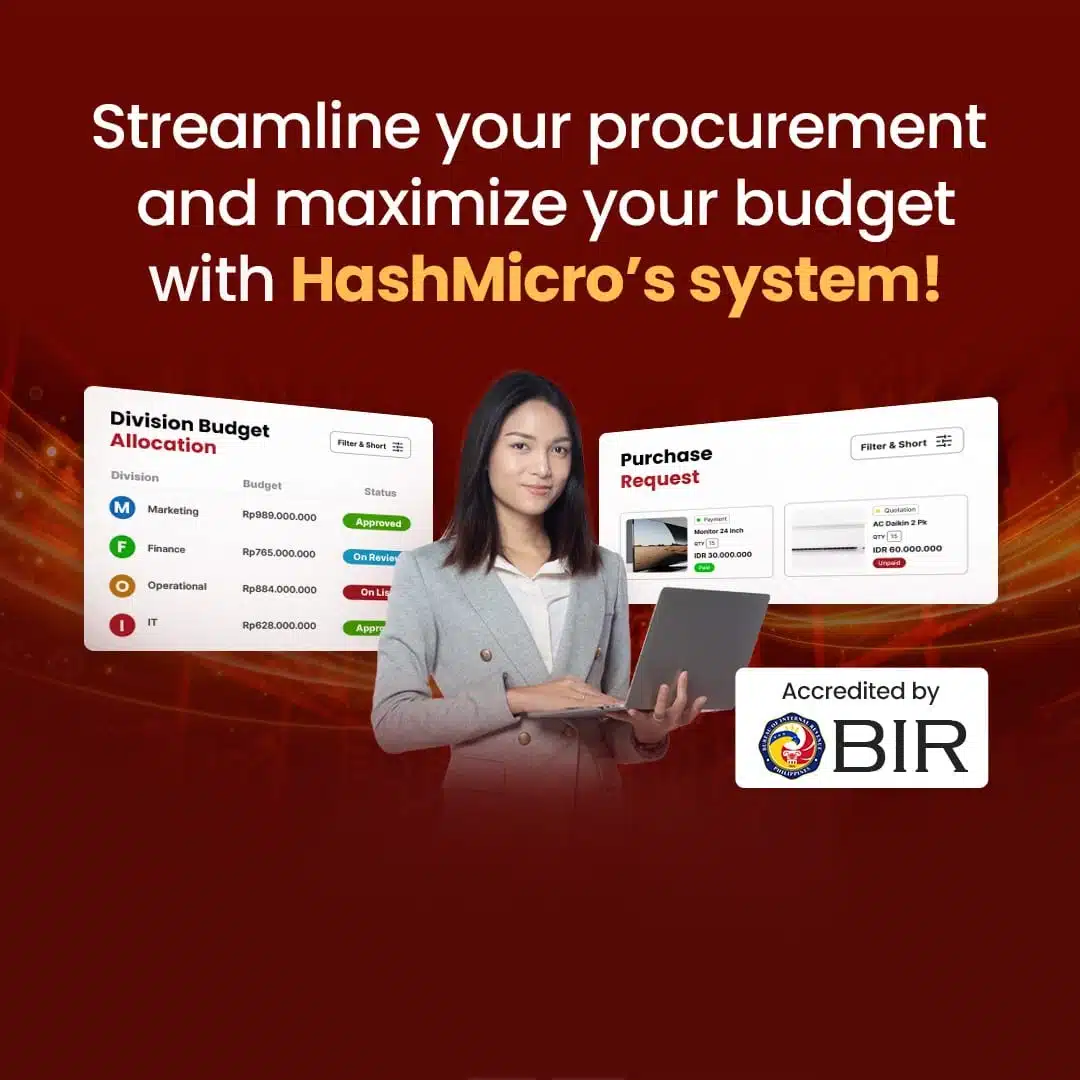Is your business facing challenges with efficiency, accuracy, and process management? Do outdated procurement methods make tracking performance and managing supplier data hard? If so, optimizing your procure-to-pay (P2P) process is the answer!
Ignoring these issues can result in poor financial visibility, supply delays, and inefficiencies in payment handling—factors that can disrupt operations and increase costs. Adopting a modern P2P system can streamline purchasing, enhance supplier collaboration, and boost productivity.
In today’s competitive landscape, having an efficient procure-to-pay process is crucial. Keep reading to discover how a P2P system can transform your procurement strategy — tara, tuklasin natin ito nang sama-sama!
Table of Contents

Key Takeaways
|
What is Procure to Pay?
Procure-to-pay (P2P), or purchase-to-pay, is a structured workflow businesses use to purchase goods and services from outside vendors. It covers everything from recognizing the need for a product or service to completing the supplier payment.
This process is key in optimizing procurement tasks, managing expenses, and maintaining effective supplier relationships. Automating P2P systems leads to better budgeting, stronger compliance, and increased operational efficiency for businesses of all sizes.
Why is P2P Important?
Procure-to-pay (P2P) is important because it helps businesses manage procurement and spending more effectively. It ensures goods and services are purchased within budget and policy limits. With centralized data, companies can monitor expenses, negotiate with suppliers, and find cost-saving opportunities.
P2P automates tasks like purchase orders, invoice matching, and payments. It reduces errors, speeds up processes, and ensures accurate transactions. It also helps maintain strong supplier relationships through on-time payments and supports better supply chain management.
The Procure to Pay Process
Businesses customize their procurement workflows by considering budget, resource availability, sustainability, and operational priorities. Every company develops a procurement strategy that aligns with its overall objectives. Typically, the procure-to-pay cycle includes the following key steps:
Step 1: Identify needs
The initial stage in the procure-to-pay cycle involves identifying and outlining the organization’s needs, often in collaboration with various departments. After confirming a legitimate requirement, the procurement team drafts broad specifications for the required goods or products, a terms of reference (TOR) for services, and a statement of work (SOW) if needed.
Step 2: Create requisitions
If TOR or SOW are confirmed, the next step is to generate a formal purchase requisition. The requester completes and submits this form after verifying that all required administrative criteria are fulfilled. Purchase requisitions can be made for various procurement types, including standard orders, consignment items, or subcontracted services.
Step 3: Purchase requisitions approval
Department heads or procurement officers review purchase requisitions after they are submitted. They assess the need, verify the available budget, and check the accuracy of the requisition form. If the requisition meets all the required criteria, it will be approved; otherwise, it will be sent back to the initiator for corrections and resubmission.
Step 4: Create a purchase order
A spot buy is performed for quick procurement if the requested items are one-time purchases, low-value commodities, or outside managed categories. Purchase orders are created from the approved requisitions for more structured or recurring needs. It ensures that formal documentation is maintained for larger purchases.
Step 5: Purchase order approval
Purchase orders undergo an approval cycle to confirm the request’s accuracy and validity. Once approved, they are forwarded to the selected vendor. The vendor reviews the order and may accept, decline, or initiate negotiations. The purchase order becomes a legally binding agreement between both parties upon internal approval.
Step 6: Goods receipt
After the supplier provides the agreed-upon goods or services, the buyer reviews them to confirm they meet the contract’s conditions. Based on this inspection, the delivery is either accepted or rejected, depending on whether it aligns with the quality and terms outlined in the purchase order or agreement.
Step 7: Supplier performance
The buyer assesses the supplier’s performance using data from the earlier stages. Key metrics include product quality, timely delivery, service level, adherence to contract terms, responsiveness, and overall cost efficiency. Poor performance is recorded in internal systems and supplier lists to guide future procurement decisions.
Step 8: Invoice approval
After approving the goods receipt, a three-way matching process compares the purchase order, vendor invoice, and received goods. If all documents align, the invoice is approved and sent to the finance department for payment processing.
Step 9: Vendor payment
Once the invoice is approved, the finance department will pay based on the agreed contract terms. Any adjustments to the contract or evaluations of financial guarantees are also considered. Payments to suppliers may be categorized as advance, partial, progress, final, or retention payments.
The Benefits of Procure to Pay

The procure-to-pay (P2P) process improves the efficiency and coordination of purchasing and financial operations in a business. Connecting each stage—from identifying needs to completing payments—ensures a smooth workflow, better control, and greater transparency across procurement activities.
So, here are the benefits of the procurement system that your business can get:
- Improved financial oversight and reporting: Connecting procurement with finance systems gives companies up-to-date insights into spending and obligations. This connection enables precise budgeting, enhances financial planning, and supports smarter decisions.
- Enhanced operational efficiency: Automating procurement tasks like order creation and invoice matching boosts speed, reduces errors, and ensures compliance with policies and regulations.
- Stronger supplier relationships: P2P systems improve supplier relationships through timely payments and invoice transparency, encouraging reliable and responsive service.
- Cost savings: The P2P process helps businesses reduce costs by fostering strong supplier relationships and improving the management of orders, inventory, and expenses. Automation boosts forecasting and prevents urgent purchases.
- Greater visibility: P2P solutions provide full visibility and control over procurement, helping track cash flow, monitor transactions, and spot areas for improvement.
- Robust fraud prevention: The P2P system includes detailed invoice verification and multiple approval steps to reduce the risk of fraud. It supports stronger vendor and contract management by ensuring that purchases align with agreed terms and only qualified suppliers are selected.
How Does Procure to Pay Software Bring Efficiency to Purchasing?
According to a recent Gartner report, by 2025, more than 50% of global organizations will be using cloud-based P2P systems. This shift highlights how digital tools like e-procurement software transform purchasing processes by reducing costs, increasing visibility, and streamlining workflows.
Here are the explanations of how procure to pay software can bring significant efficiency to your business:
- Purchasing insights: Automation gives clear visibility into the entire process. Custom reports allow you to track progress, review vendor performance, and gain insights.
- Invoice matching: Enables accurate three-way matching between POs, invoices, and receipts. It helps approve payments, manage discrepancies, and connect with accounting systems.
- Digital vendor management: This helps procurement teams easily evaluate and compare vendors by selecting vendors based on pricing, delivery, discounts, and compliance, which becomes more efficient and transparent.
- Purchase order management: The software auto-generates purchase orders from approved requisitions, streamlining the PO dispatch process for bulk or multiple orders.
- Purchase requisition and approvals: The procure to pay software automates routing purchase requests to the right stakeholders and approvers, eliminating the need for email chains.
Well-chosen procurement software can greatly streamline purchasing processes, reduce manual errors, and enhance operational efficiency. HashMicro’s Procurement Software takes this a step further by automating data collection and ensuring accurate tracking of procurement activities.
With its seamless integration, businesses can optimize supplier management, expedite order processing, and strengthen cost control. By providing greater visibility across the entire procurement cycle, the software enables companies to maintain their purchasing needs while driving efficiencies.
Want to explore how HashMicro’s Procurement Software can elevate your procure to pay process? Click the banner below to learn more about its features and pricing.
Upgrade Your Procure to Pay Process with HashMicro Procurement Software

HashMicro’s Procurement Software is an excellent solution designed to streamline procurement processes. Fully integrated with ERP systems, it automates purchase requests, vendor management, and order fulfilment, ensuring seamless and efficient procurement operations.
The highly customizable software allows businesses to adjust its features according to specific operational needs. With flexible modules and endless configuration options, it’s perfect for companies looking for a scalable and powerful procurement management solution.
HashMicro also offers a free demo, allowing businesses to explore its capabilities. This hands-on preview showcases how the software automates procurement workflows, enhances vendor management, and supports better decision-making.
Here are some of HashMicro’s Procurement Software key features that make managing your business procurement easier:
- Real-Time Purchase Analysis: Gain valuable insights into frequently purchased items, preferred vendors, and pricing trends to refine procurement strategies.
- Budget Control: Set purchase limits and track spending, ensuring financial oversight and preventing overspending throughout the procurement process.
- Vendor Rating System: Automatically evaluate vendors based on delivery, pricing, and quality, ensuring better supplier selection and cost management.
- Multi-Option Comparison: Compare various purchase requests or quotes to select the best option, improving decision-making and reducing procurement costs.
- Streamlined RFQ/ITQ Management: Facilitate online tenders and efficiently manage RFQs/ITQs, speeding up supplier selection and organizing the procurement process.
Conclusion
A modern procure-to-pay (P2P) system is vital in managing purchasing activities, tracking spending, and improving operational efficiency. Effective P2P solutions are widely implemented across various industries to ensure smooth procurement processes and reduce manual errors.
Choosing the right procurement software requires thoughtful evaluation. HashMicro’s Procurement Software offers a dependable and efficient solution that simplifies every stage of the P2P cycle—from requisitions to payments—helping businesses boost productivity and cut unnecessary costs.
With key features like automated PR & PO creation, real-time budget control, vendor management, and detailed purchase reporting, HashMicro’s system allows seamless procurement operations with full transparency and control.
Are you curious how a smart P2P solution can enhance procurement efficiency? Try HashMicro’s free demo and experience how it can elevate your purchasing strategy!
Frequently Asked Questions
-
What is meant by procure to pay?
Procure-to-pay (P2P) is the end-to-end process organizations use to acquire goods and services. It encompasses requisition, sourcing, purchase orders, receiving, invoicing, and payment, and helps ensure efficient procurement operations and policy compliance.
-
What is the P2P payment process?
Also known as purchase-to-pay and P2P, procure-to-pay is the process of requisitioning, purchasing, receiving, paying for, and accounting for goods and services, covering the entire process from point of order to payment.
-
What is an example of a P2P process?
An example of a P2P process is when an organization identifies a need for a product or service, creates a purchase requisition, obtains approvals, issues a purchase order, receives the goods or services, verifies the invoice against the purchase order and receipt, and proceeds to make the payment to the supplier.





































